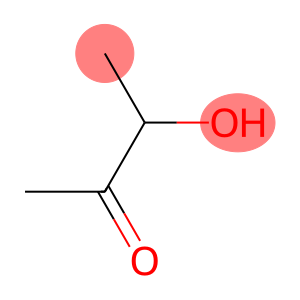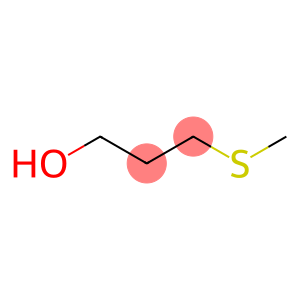Palmitic acid(CAS#57-10-3)
| Hazard Symbols | Xi – Irritant |
| Risk Codes | R36 – Irritating to the eyes R36/38 – Irritating to eyes and skin. R36/37/38 – Irritating to eyes, respiratory system and skin. |
| Safety Description | S26 – In case of contact with eyes, rinse immediately with plenty of water and seek medical advice. S37/39 – Wear suitable gloves and eye/face protection S36 – Wear suitable protective clothing. |
| WGK Germany | - |
| RTECS | RT4550000 |
| TSCA | Yes |
| HS Code | 29157015 |
| Toxicity | LD50 i.v. in mice: 57±3.4 mg/kg (Or, Wretlind) |
Introduction
Pharmacological effects: Mainly used as a surfactant. When used as a non-ionic type, it can be used for polyoxyethylene sorbitan monopalmitate and sorbitan monopalmitate. The former is made into an lipophilic emulsifier And used in all cosmetics and medicines, the latter can be used as an emulsifier for cosmetics, medicine, and food, a dispersant for pigment inks, and also as a defoamer; when used as an anion type, it is made into sodium palmitate and used as a raw material for fatty acid soap, plastic emulsifier, etc; zinc palmitate is used as a stabilizer for cosmetics and plastics; in addition to being used as a surfactant, it is also used as a raw material for isopropyl palmitate, methyl ester, butyl ester, amine compound, chloride, etc.; among them, isopropyl palmitate is a cosmetic oil phase raw material, which can be used to make lipstick, various creams, hair oils, hair pastes, etc.; others such as methyl palmitate can be used as lubricating oil additives, surfactant raw materials; PVC slip agents, etc; raw materials for candles, soap, grease, synthetic detergents, softeners, etc.; used as spices, are edible spices allowed by GB2760-1996 regulations in my country; also used as food defoamers.








